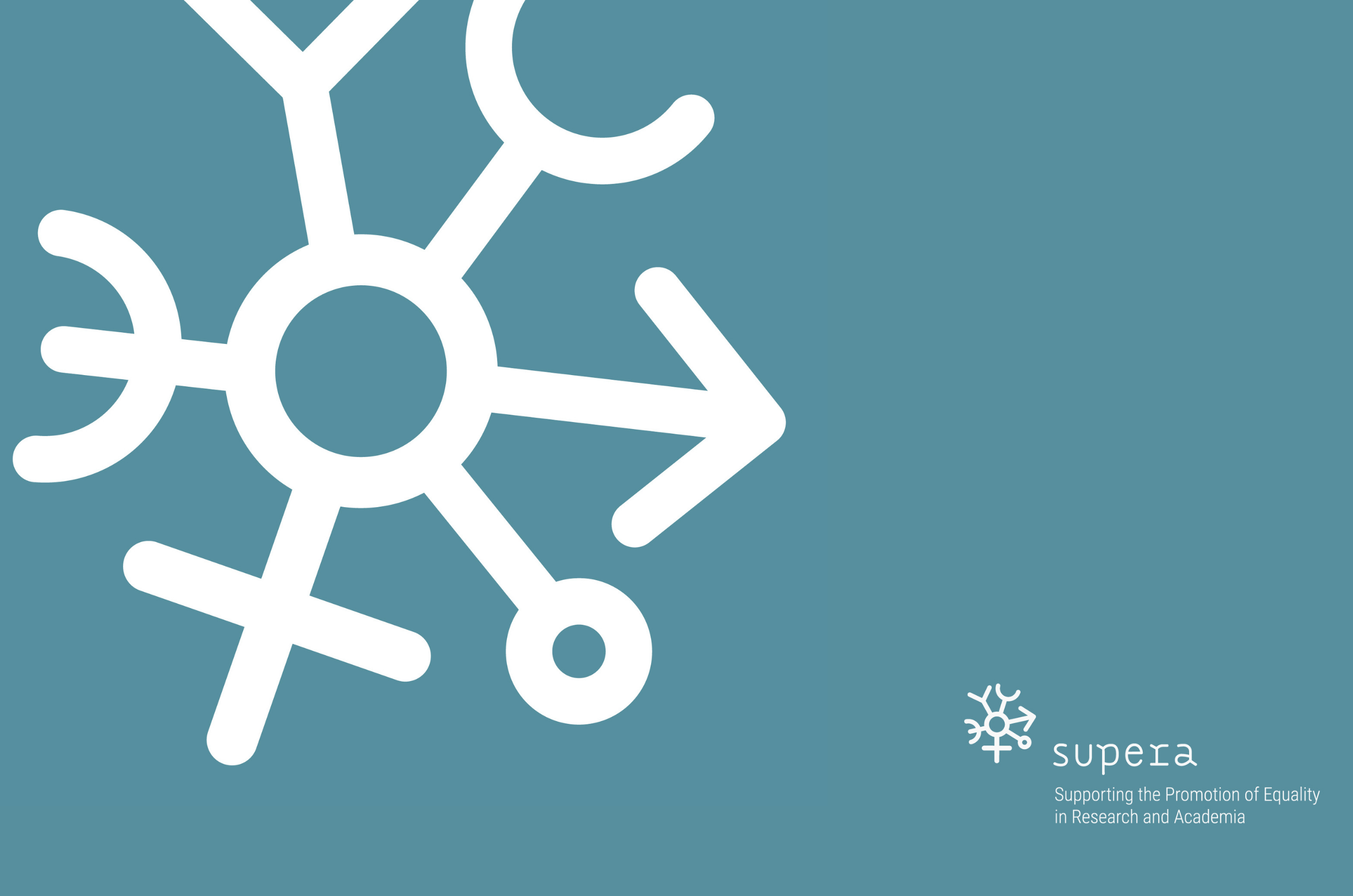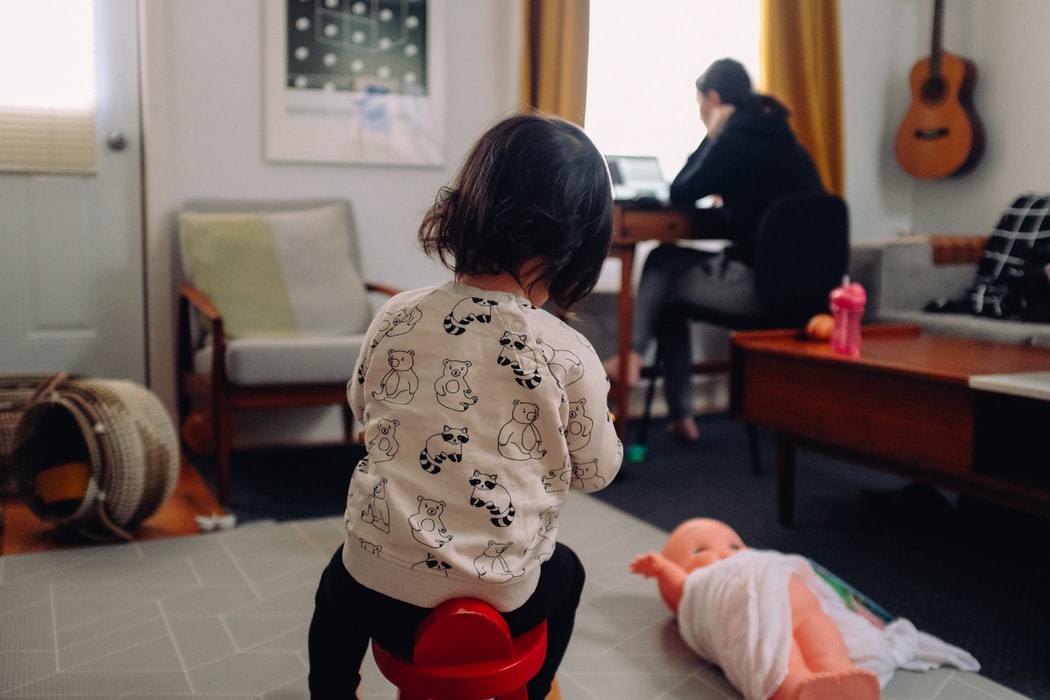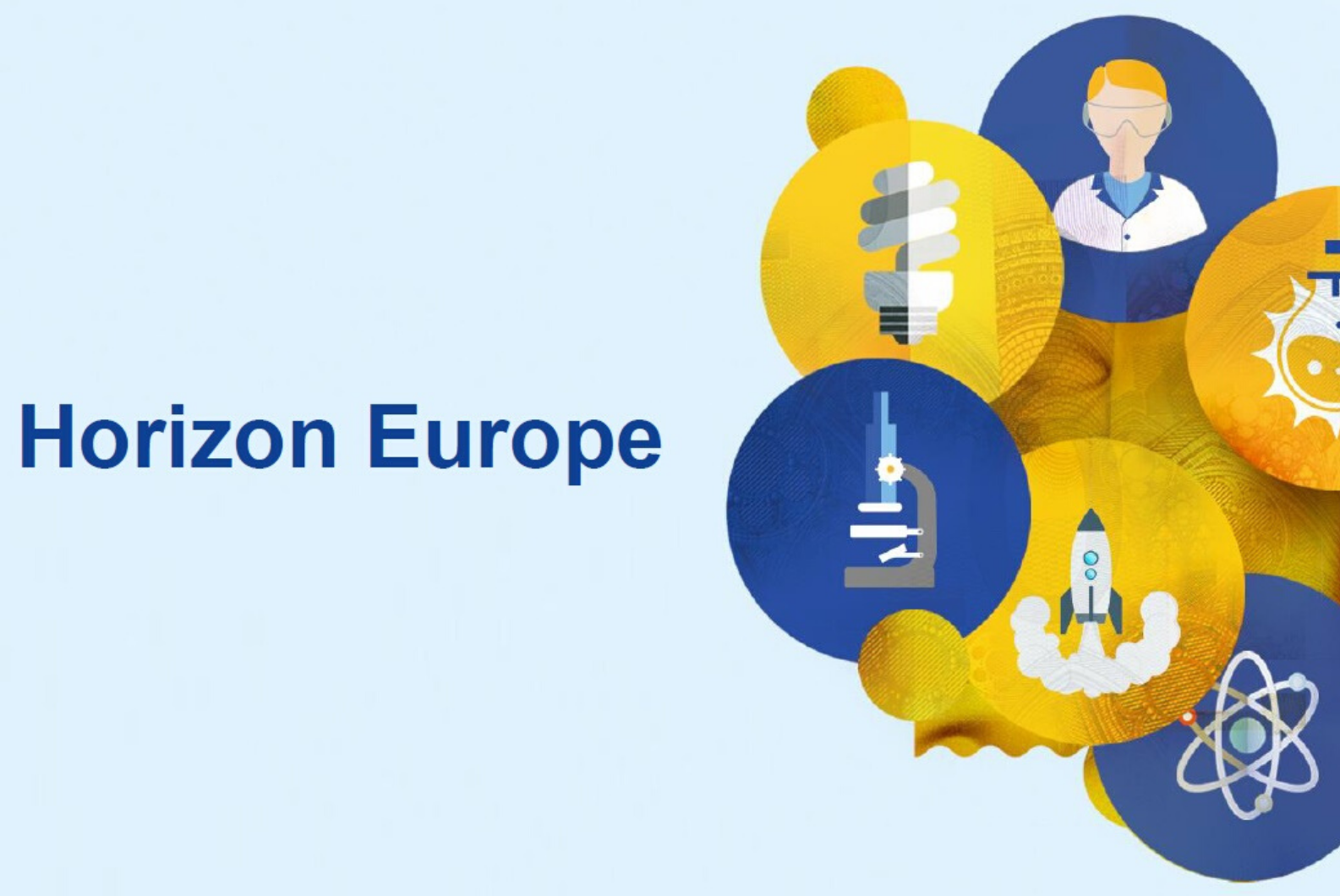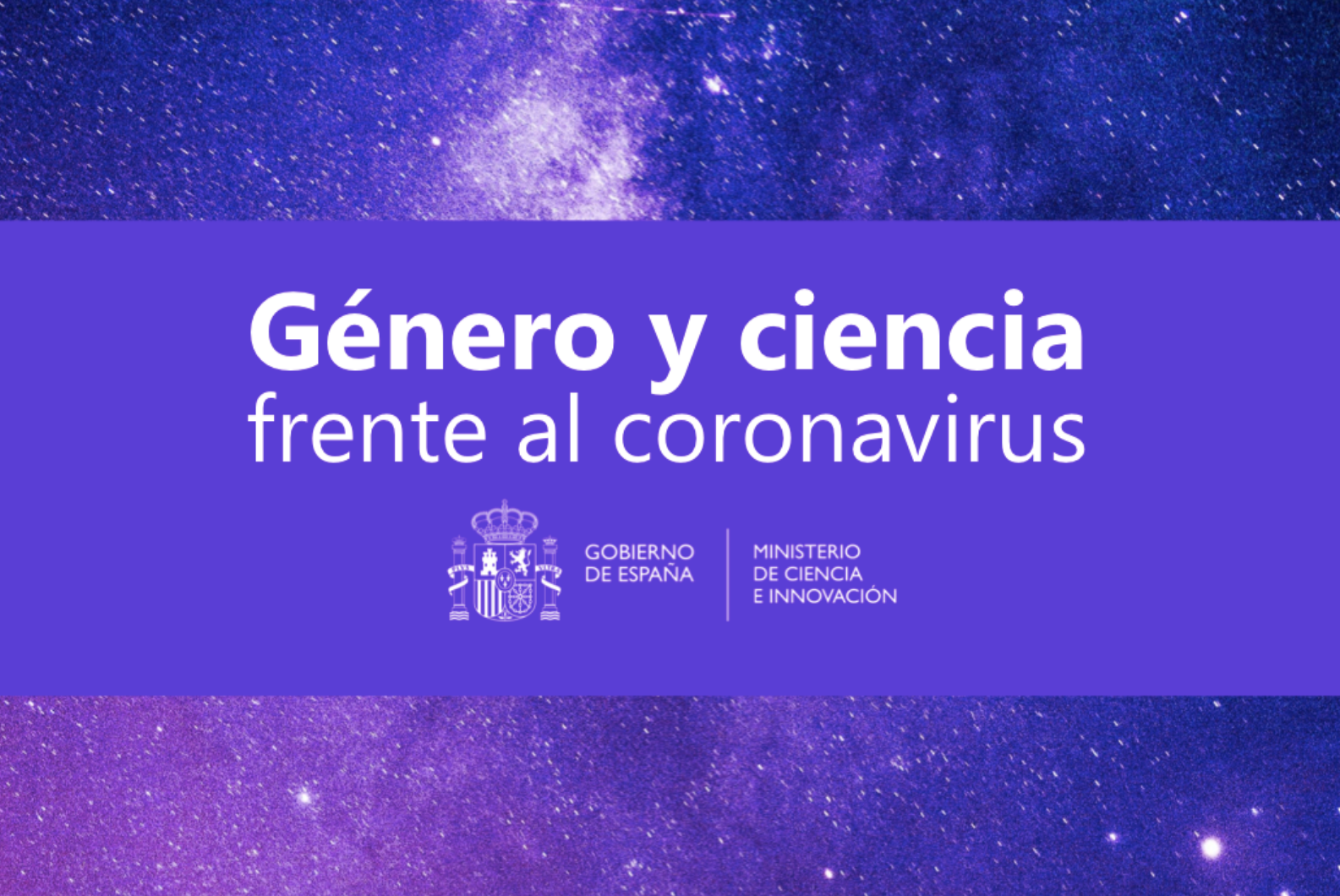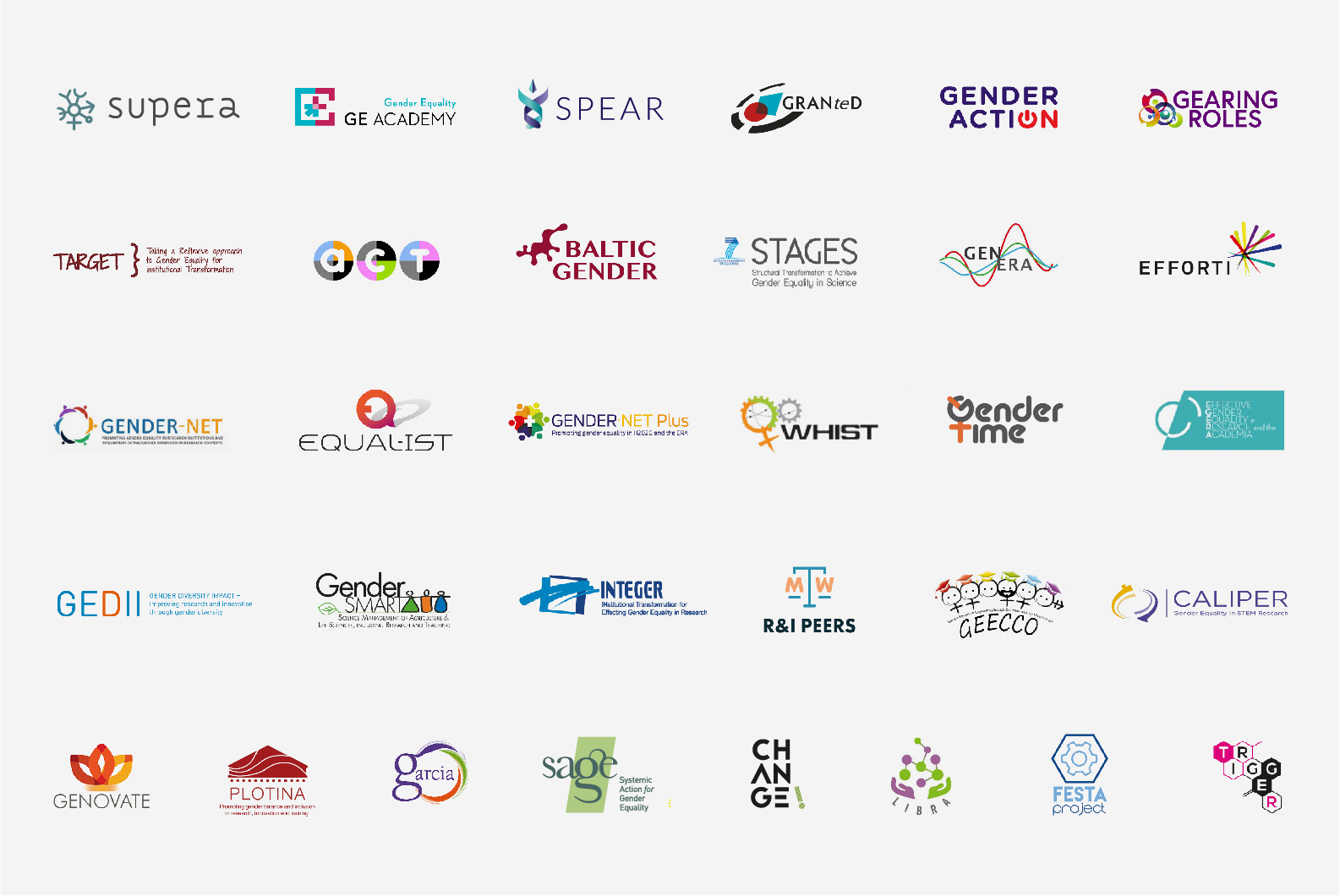Experience exchange between Research Funding Organisations: register to the webinars
Among RFOs, there is an increasing interest on the design and implementation of measures to improve the impact of their funding schemes on gender equality. Sometimes these measures may take the form of a Gender Equality Plan, or of a policy, or other individual measures.
SUPERA is launching a series of webinars and online workshops to facilitate experience exchanges between Research Funding Organisations (RFOs) that develop – or plan to develop – a Gender Equality policy.
The first two webinars will take place on 13 and 18 November, 2020. Each webinar has a 90 minute duration and starts with two RFOs that explain their experience linked to the theme of the webinar. This is followed by a 40-minute Q&A and exchanges with the audience.
Webinar #1 – 13 November 2020 from 10:00 to 11:30 am CET
“Gender Equality in RFOs, two experiences”
Experiences from the Autonomous Region of Sardinia (RAS) and the Vienna Science and Technology Fund (WWTF) on the steps in developing a comprehensive policy.
Click here for the registration form.
Webinar #2 – 18 November 2020 from 10:00 to 11:30 am CET
“How can RFOs fight gender bias”
Experiences from French Agence Nationale de la Recherche (ANR) and the Technology Agency of the Czech Republic (TA CR) on measures to avoid gender bias.
Click here for the registration form.
To complete and enhance these initiatives, Yellow Window developed a tool that brings together resources and examples of measures that RFOs can take (and in several cases are already taking). The tool follows the typical journey or cycle of a call for proposals and is available as a web page at this link and as a board on Miro at this link.


